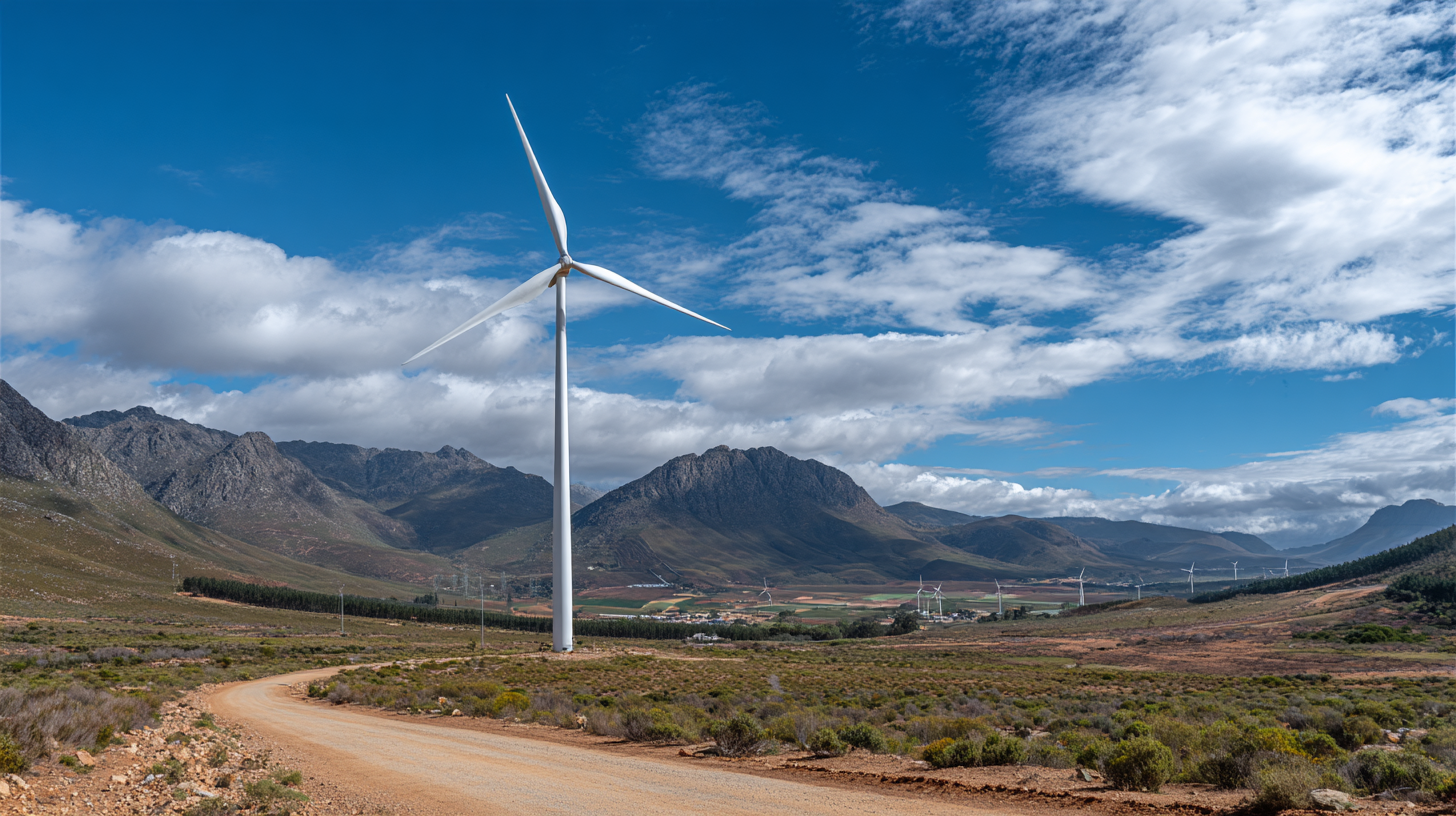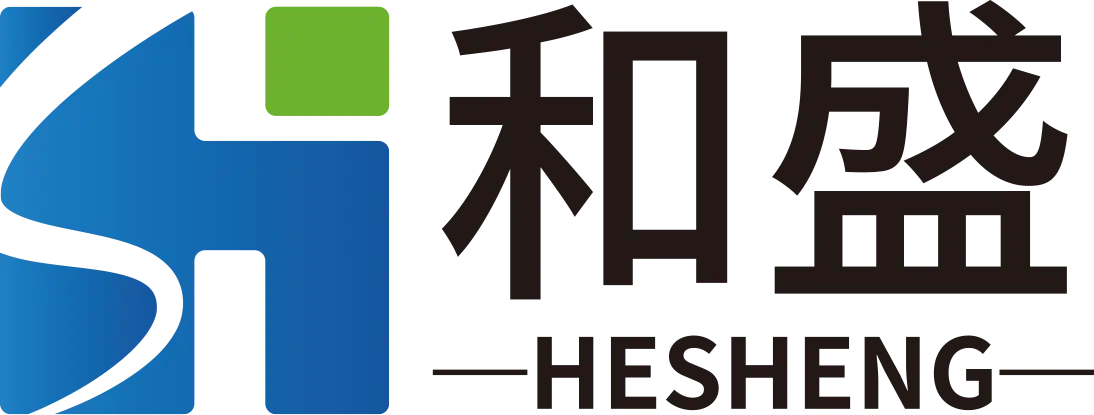Leave Your Message
The increasing focus on renewable energy has reshaped various sectors, particularly in the context of materials utilized for energy generation and storage. Among these, "Silicon Iron" emerges as a critical material due to its unique properties, including high permeability and excellent electrical conductivity, which enhance the performance of magnetic components in wind and solar energy systems. According to a recent report by Grand View Research, the silicon iron market size is expected to reach USD 10.05 billion by 2028, growing at a CAGR of 6.5%. This growth is propelled by advancements in energy efficiency and demand for eco-friendly alternatives. As industries pivot towards sustainable practices, the application of Silicon Iron in transformers and inductors is anticipated to play a pivotal role in improving energy conversion efficiency, meeting global standards for reducing carbon footprints, and fulfilling the ambitious targets set by governments worldwide.

Silicon iron, a crucial material in the advancement of renewable energy technologies, is becoming increasingly prevalent in applications like wind turbines and solar inverters. According to a report by MarketsandMarkets, the global silicon iron market is projected to grow at a CAGR of 7.5% between 2022 and 2027. This surge is attributed to the material's ability to enhance electrical efficiency and minimize energy losses, thus making renewable energy systems more viable.
One significant contribution of silicon iron is its use in electrical steel transformers, which are essential in wind and solar energy systems. The adoption of higher silicon content in these transformers can reduce core losses significantly—by up to 30%—thereby improving overall energy efficiency. Additionally, as stated in a report by Research and Markets, the increasing demand for electric vehicles and energy storage systems is also driving the need for silicon iron to optimize battery performance and lifespan.
Tips: When considering materials for renewable energy projects, look for options with high silicon content to maximize efficiency. Regularly review market trends and forecasts to stay ahead in choosing sustainable materials. Engaging with suppliers who focus on silicon iron innovations can provide strategic advantages in project planning and execution.
This chart illustrates the increasing demand for silicon iron in various renewable energy applications over the past five years. The significant growth in applications such as solar panel manufacturing and wind energy conversion highlights the material's critical role in advancing renewable energy technologies.
The growing demand for silicon iron in renewable energy applications is evident in industry forecasts. The global market for iron ore pellets is projected to expand from $61.64 billion in 2025 to $94.51 billion by 2032, reflecting a compound annual growth rate (CAGR) of 6.3%. This growth hints at an increasing reliance on silicon iron, particularly in the manufacturing of various components used in energy applications.

Recent discussions at the 2025 Dual Silicon Industry Development Forum underscore the rising prominence of the silicon-manganese and silicon-iron sectors amidst various challenges. The industry is at a pivotal moment, adapting to changing technological demands and market dynamics. Moreover, the polysilicon market is also on an upward trajectory, with expectations of increasing its volume from 865.5 tons in 2024 to a remarkable 2,582.0 tons by 2032. Such trends reflect the importance of silicon iron as a critical material in supporting the renewable energy infrastructure, driving innovation, and enhancing sustainability efforts across the globe.
The emergence of silicon iron as a key material in the renewable energy sector is reshaping the landscape of energy generation and storage. Recent studies indicate that silicon iron exhibits remarkable advantages over traditional materials like aluminum and copper when used in applications such as transformers and wind turbine generators. For instance, a report by the International Energy Agency (IEA) highlights that silicon iron can enhance energy efficiency by up to 15%, translating to significant cost savings and improved performance in energy systems.
In terms of market impact, the adoption of silicon iron is expected to accelerate as manufacturers recognize its benefits. According to a market analysis by Grand View Research, the silicon iron market is projected to reach over $1 billion by 2025, growing at a compound annual growth rate (CAGR) of 10%. This growth is attributed to increasing investments in renewable energy infrastructure and a shift towards more efficient technologies. Additionally, the lower carbon footprint associated with silicon iron production aligns well with global sustainability goals, further driving its use in renewable applications.

The integration of silicon iron into renewable energy applications has surged in recent years, driven by its optimal properties that enhance efficiency in energy storage systems and electric vehicles. However, scaling its production presents both challenges and opportunities. Sulfide and oxide formation during processing can lead to significant material losses, necessitating advanced refining techniques. Innovating production methods and increasing the supply of high-purity silicon can help address these issues while meeting the growing demand.
**Tips:** To navigate the challenges of silicon iron production, companies should invest in research to improve the extraction and purification processes. Collaborating with academic institutions can foster innovation and accelerate the development of cost-effective solutions. Additionally, implementing sustainable practices in silicon iron production will not only mitigate environmental impact but also resonate well with consumers increasingly concerned about eco-friendly technologies.
The supply chain for silicon iron is also evolving. Establishing robust partnerships with raw material suppliers is crucial to ensure a steady flow of resources. Moreover, companies should focus on diversifying their product offerings to cater to various sectors within the renewable energy market. This adaptability will position them favorably against competitors and underscore their commitment to driving the clean energy transition forward.
| Dimension | 2022 Data | 2023 Data | 2024 Projection | Growth Rate (%) |
|---|---|---|---|---|
| Global Silicon Iron Production (MT) | 150 | 175 | 220 | 26.67 |
| Market Value (Billion $) | 2.5 | 3.0 | 3.8 | 26.67 |
| Key Applications (% Share) | Energy Storage | 45 | 47 | 50 |
| Investment in R&D (Million $) | 150 | 180 | 220 | 22.22 |
| Employment in Sector | 10,000 | 12,000 | 15,000 | 25.00 |
The increasing adoption of silicon iron in renewable energy applications has significantly influenced the global market dynamics. Silicon iron, known for its superior magnetic properties and efficiency in power conversion, is becoming a preferred material in wind and solar energy systems. As these technologies scale up, the demand for high-performance materials like silicon iron is expected to surge, driving innovation and costs down across the renewable energy sector.
This shift is not only enhancing energy efficiency but also influencing supply chains and manufacturing practices. As more companies pivot towards silicon iron, economies of scale are being realized, encouraging new players to enter the market. This influx of competition is likely to foster advancements in production methods and material technology, ultimately benefitting end-users through improved product offerings and reduced prices. The reinforcing interplay between silicon iron adoption and renewable energy growth points to a transformative phase in the global energy landscape, shaping the future of sustainable energy solutions.






